What about weeds?
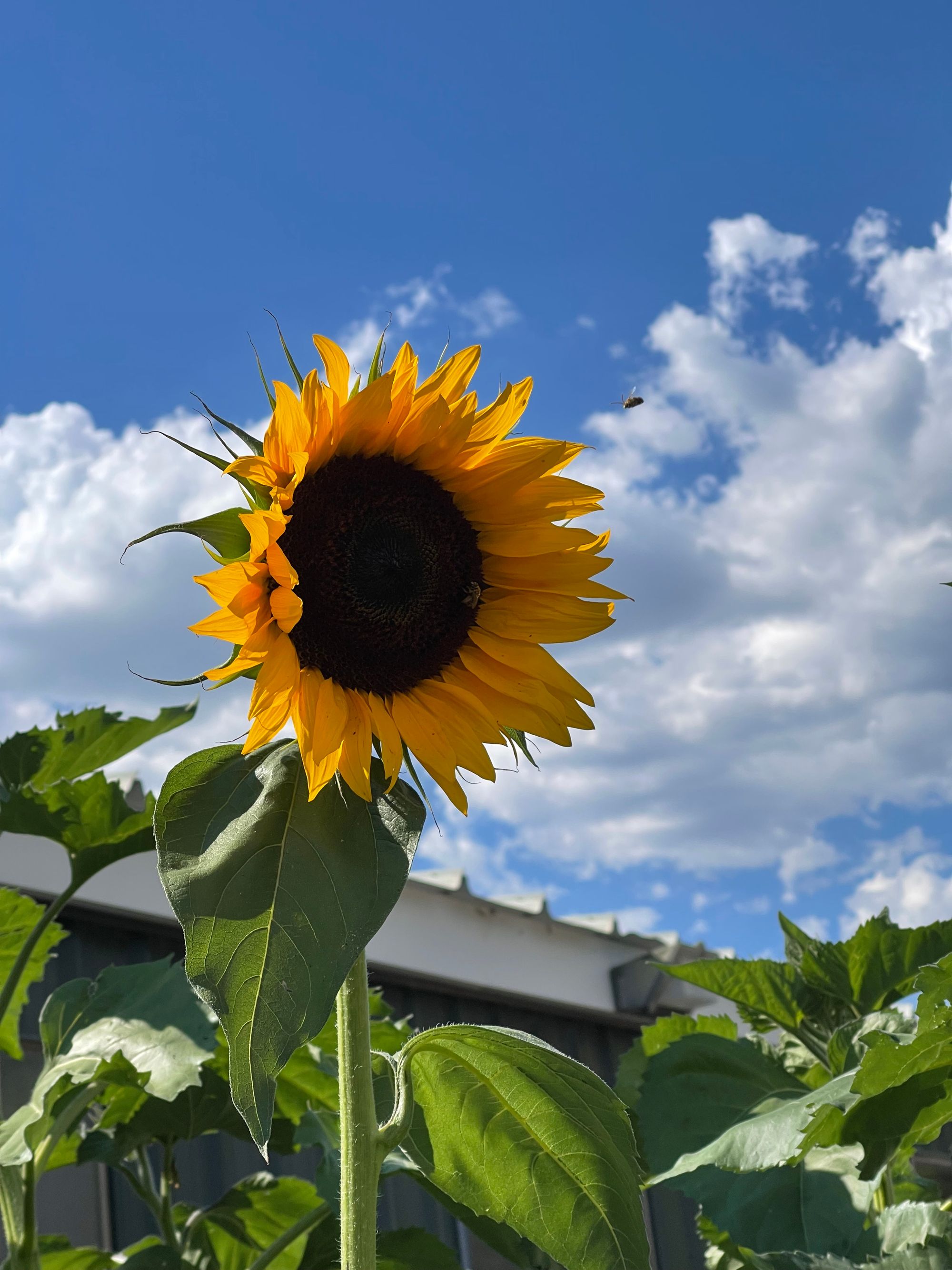
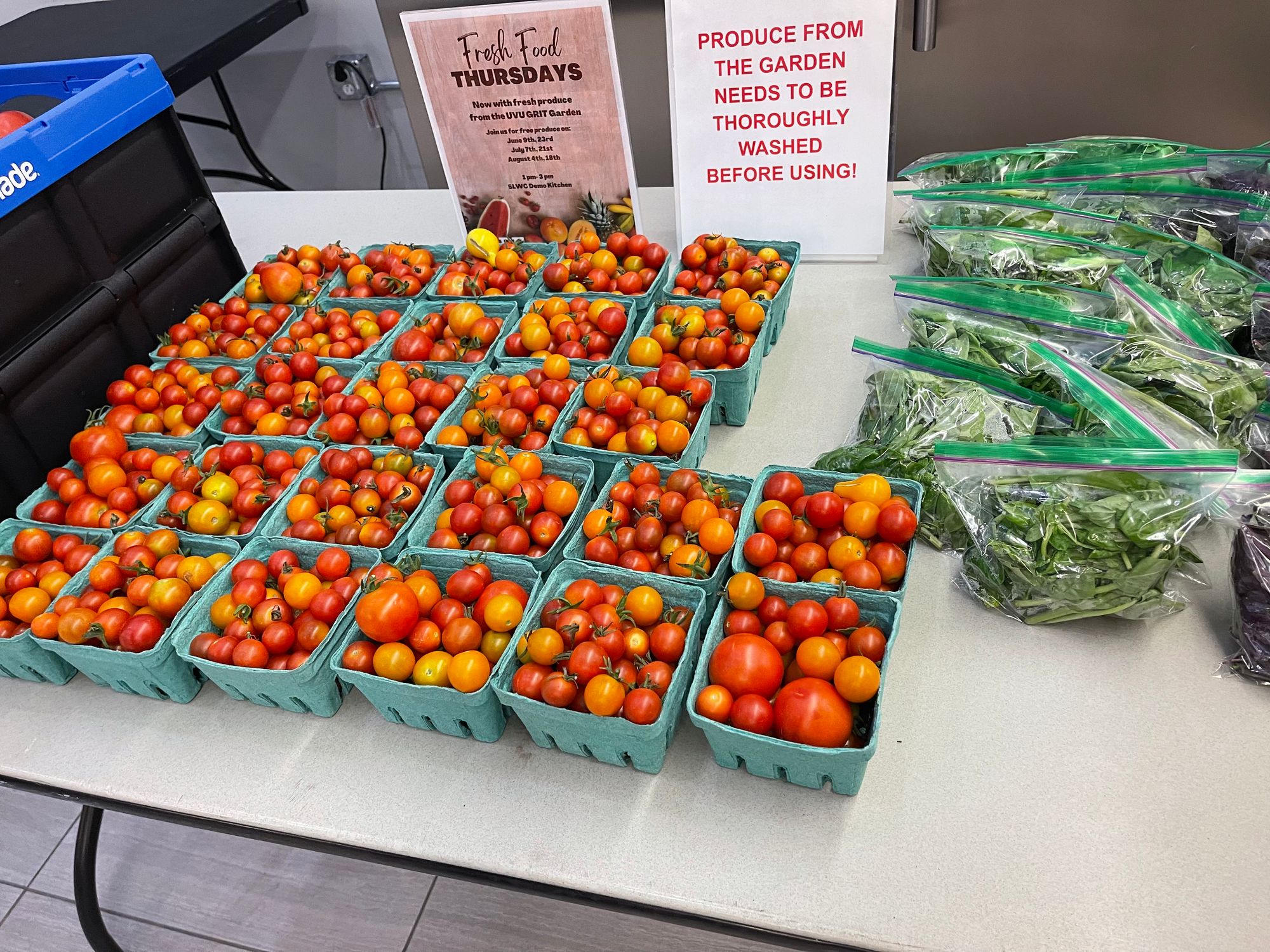
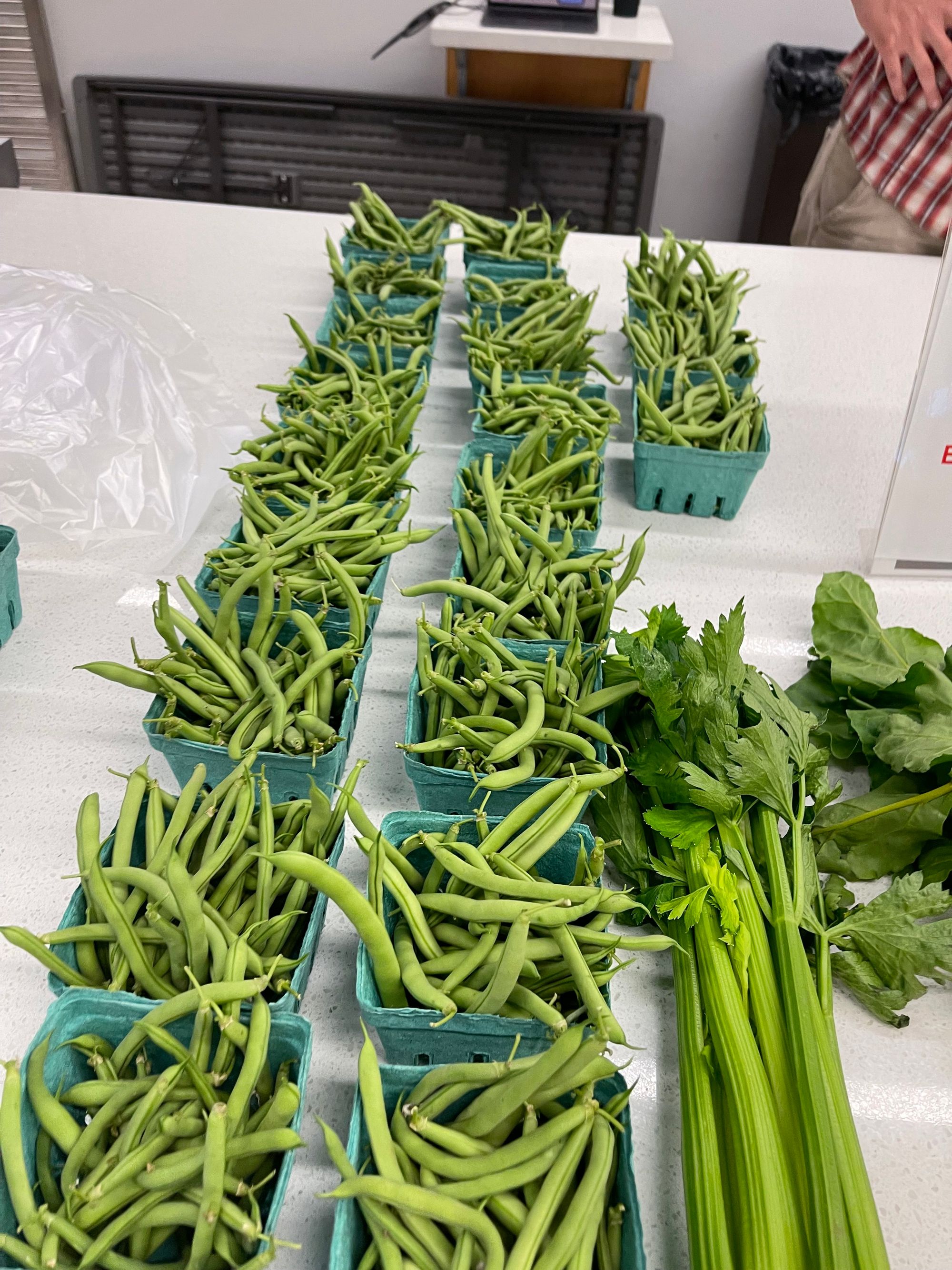
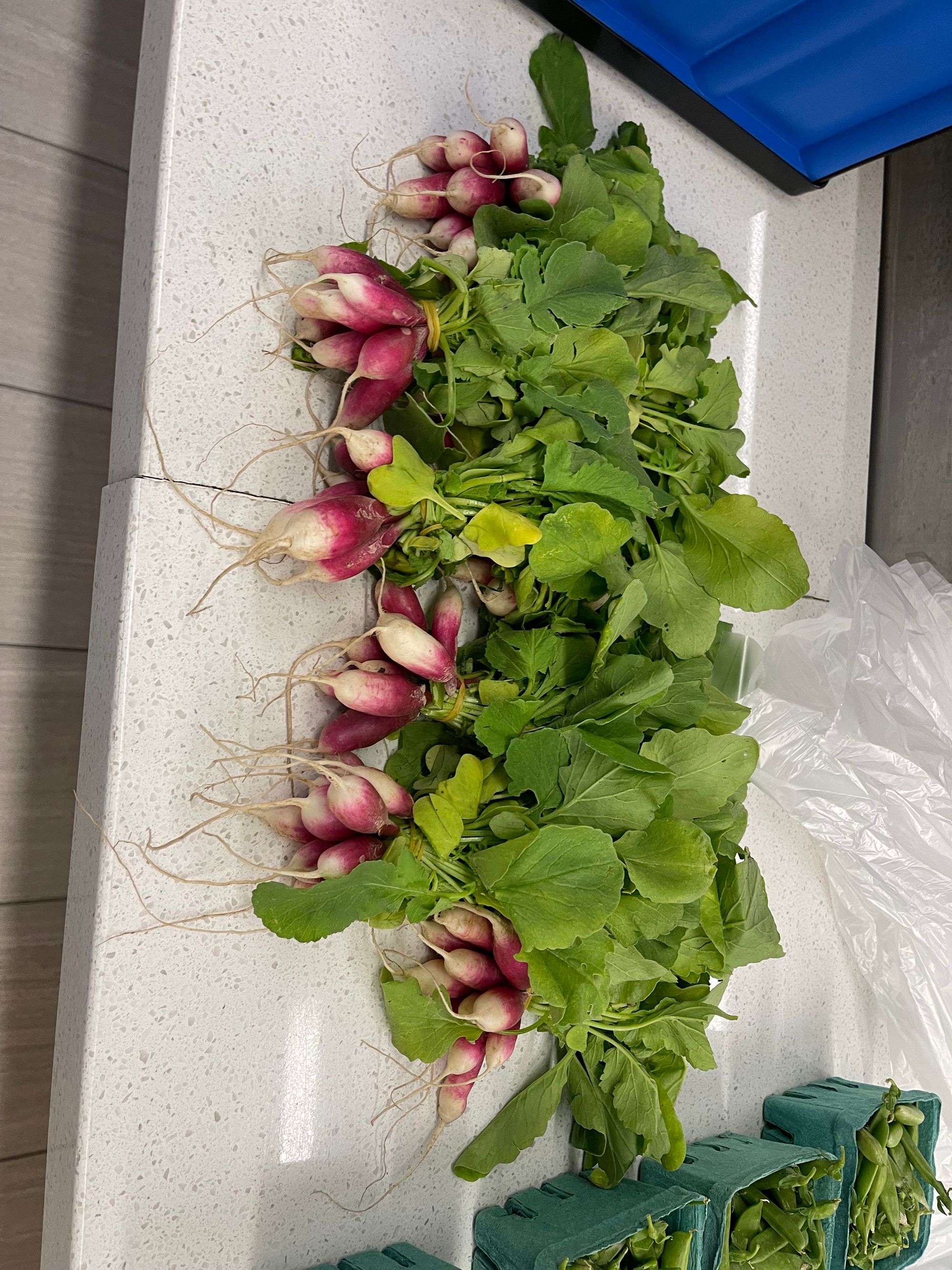
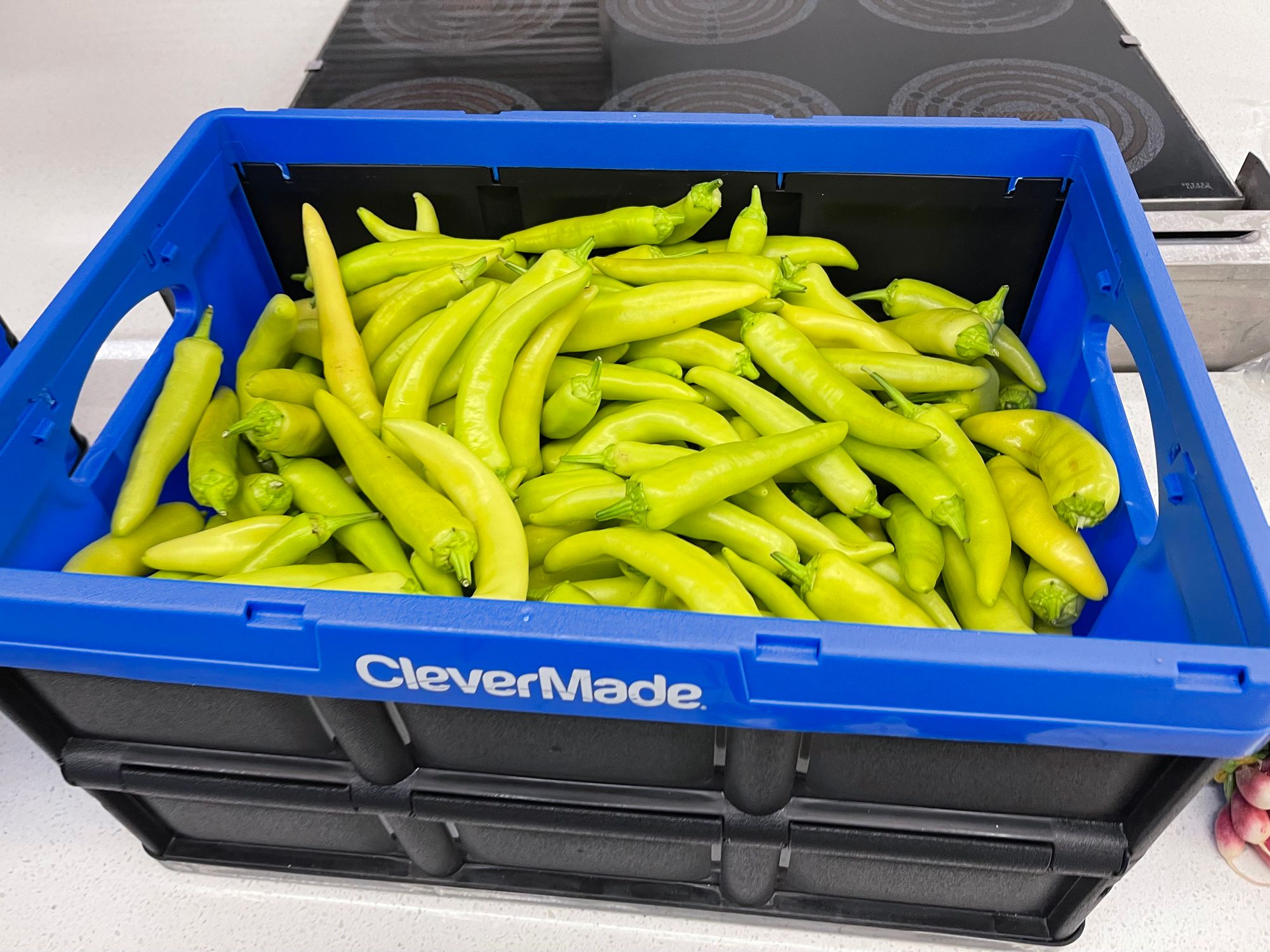
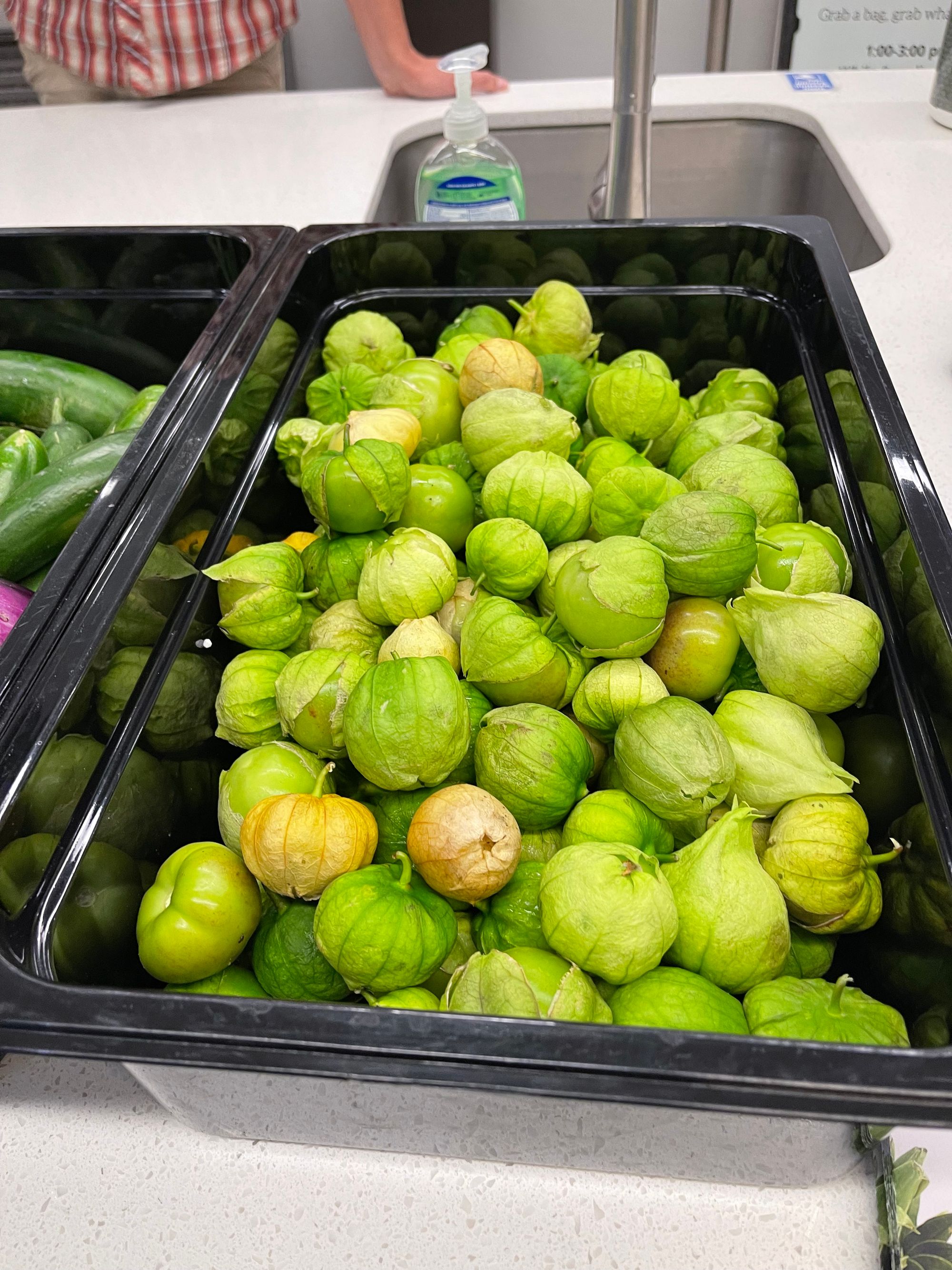
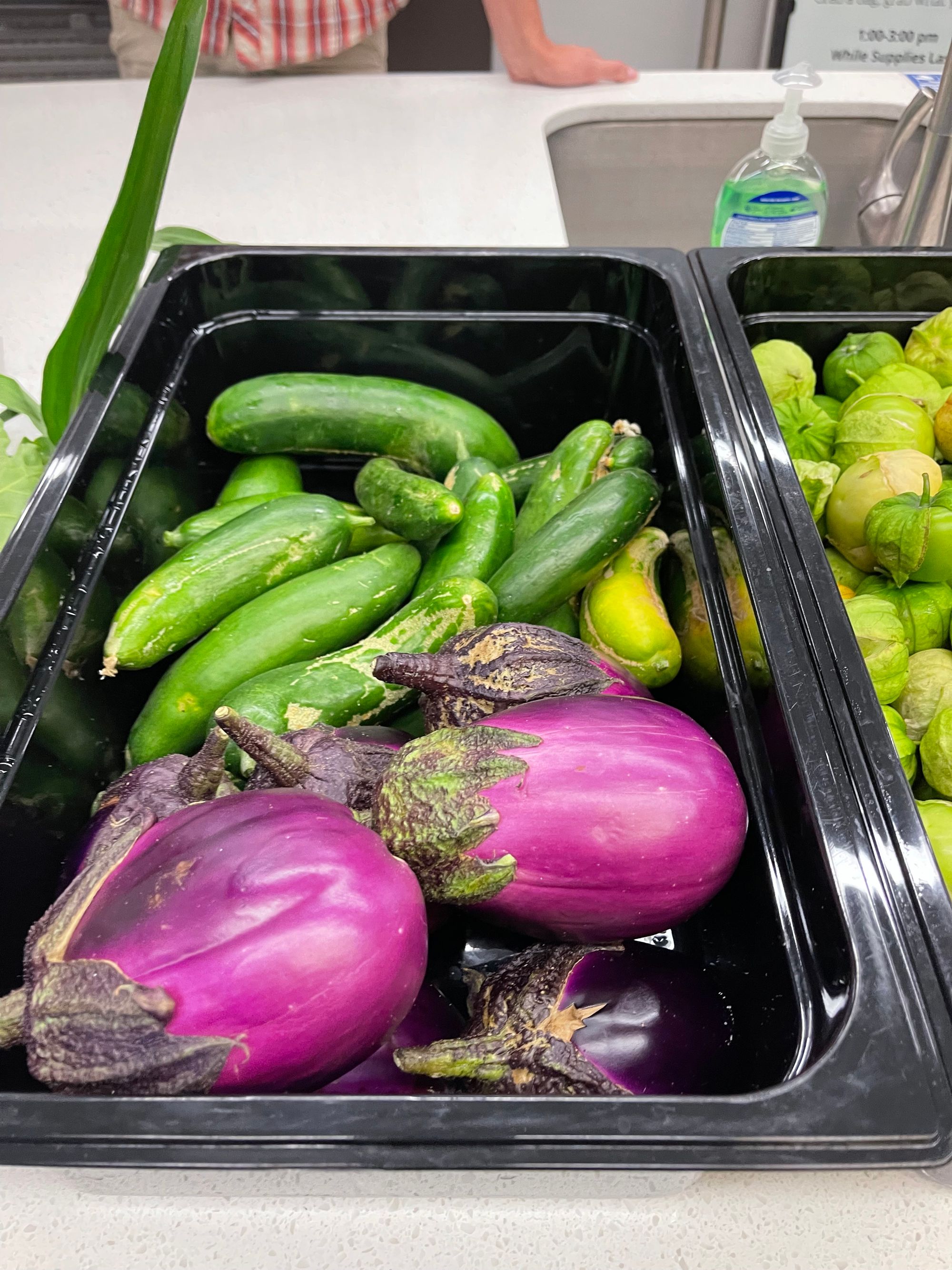
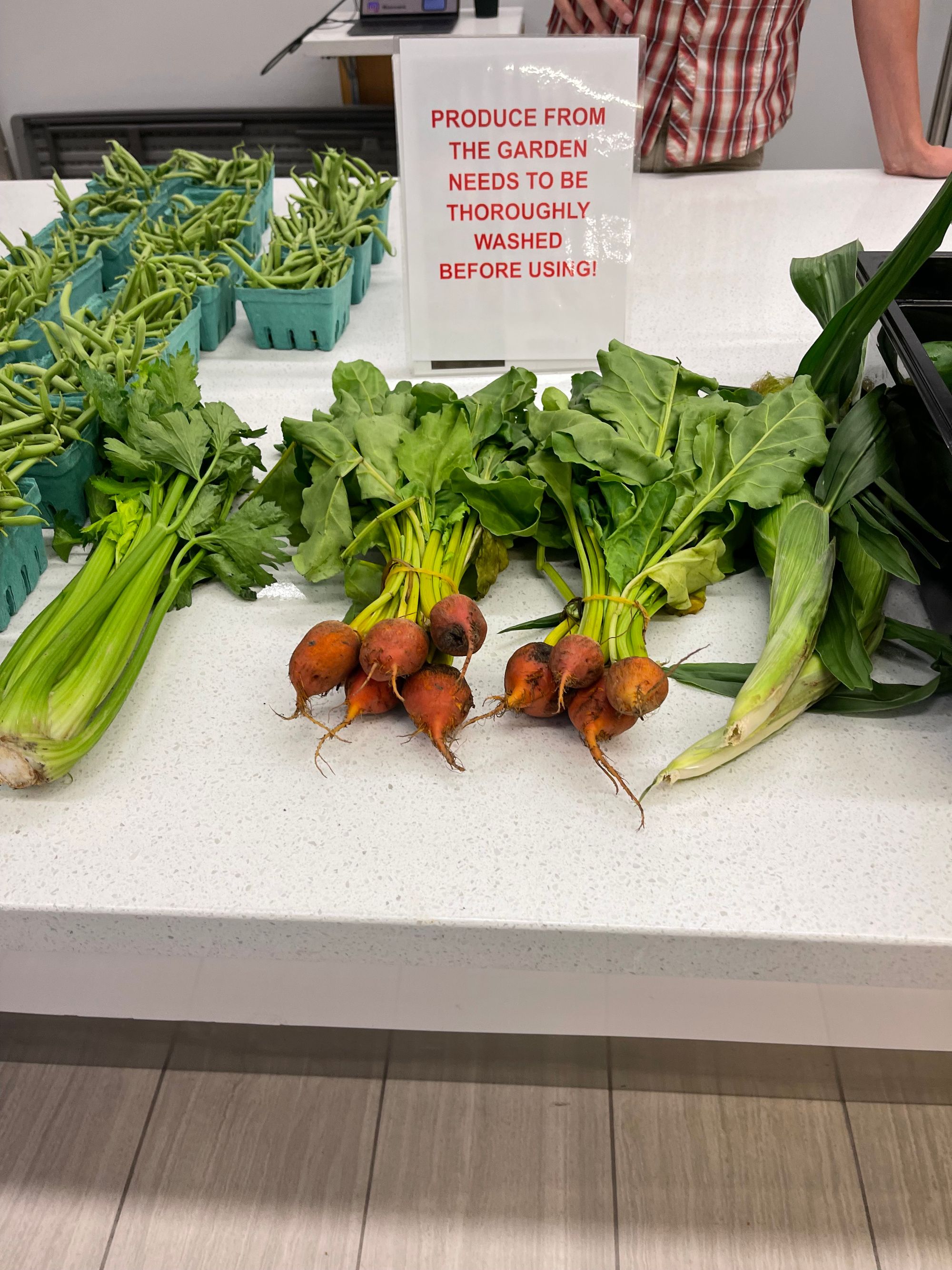
Growing on in the GRIT garden
This past week the GRIT garden donated 158 pounds of produce, bringing our total donated to 618 pounds! The cherry tomatoes were a huge hit, and the green beans were delicious raw. Many folks had salsa on their minds with our huge collection of vine-ripened tomatoes, tomatillos, and hot peppers. Others were more inclined to a Caprese salad with fresh basil. At the hoop house, our amazing volunteers got the east side wall installed and helped prune the tomatoes.
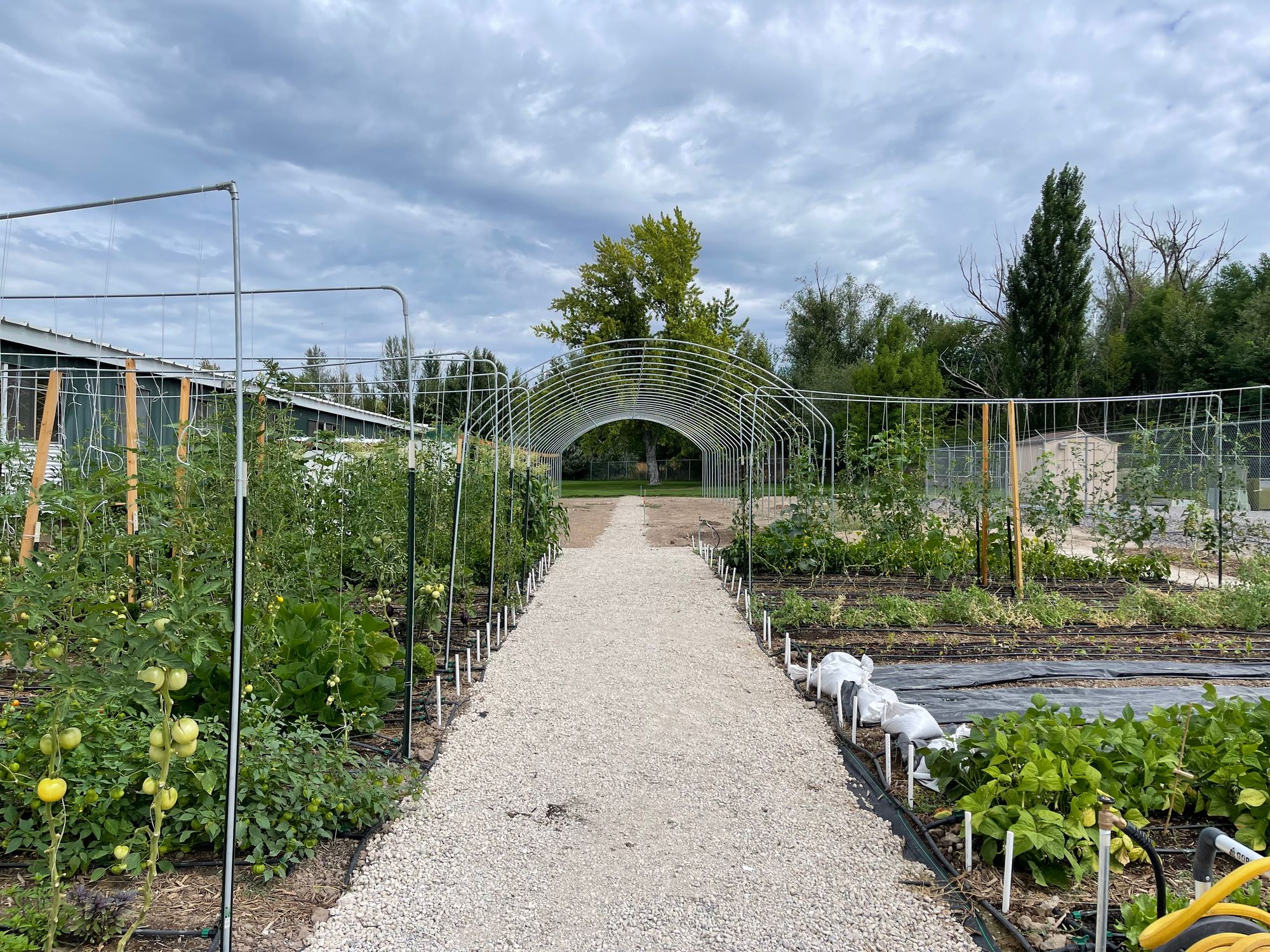
Hoop house hoedown
One of the final steps of building the hoop house is to cover the hoop house with plastic. Covering the hoop house takes a lot of help, and we would love your help! On September 29, from 4 to 7 pm, we will have the hoop house hoedown in the garden. We will cover the hoop house, celebrate our first growing season, and eat dinner donated by the UVU botany club. If you would like to join us for the hoop house hoedown, RSVP at this link.
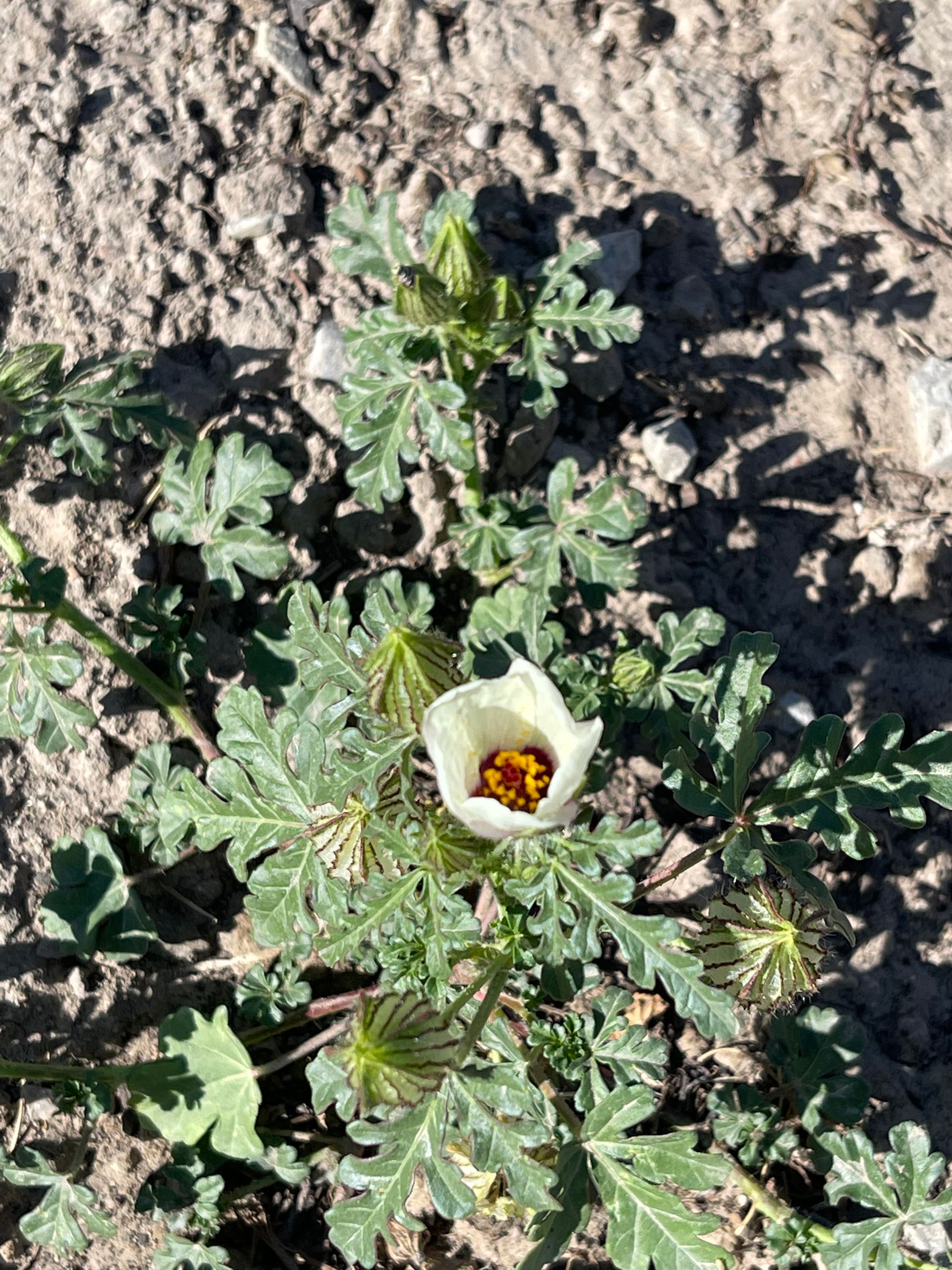
Are weeds just unloved flowers?
In the garden it seems we spend all of our time weeding. While this tedious choreis know to be integral to every gardeners life, is weeding really necessary? To be honest the answer is, it depends. The problem with weeds is that they compete with our crops. Weeds take up space and light, they absorb water and nutrients, valuable and limited resources crops need.
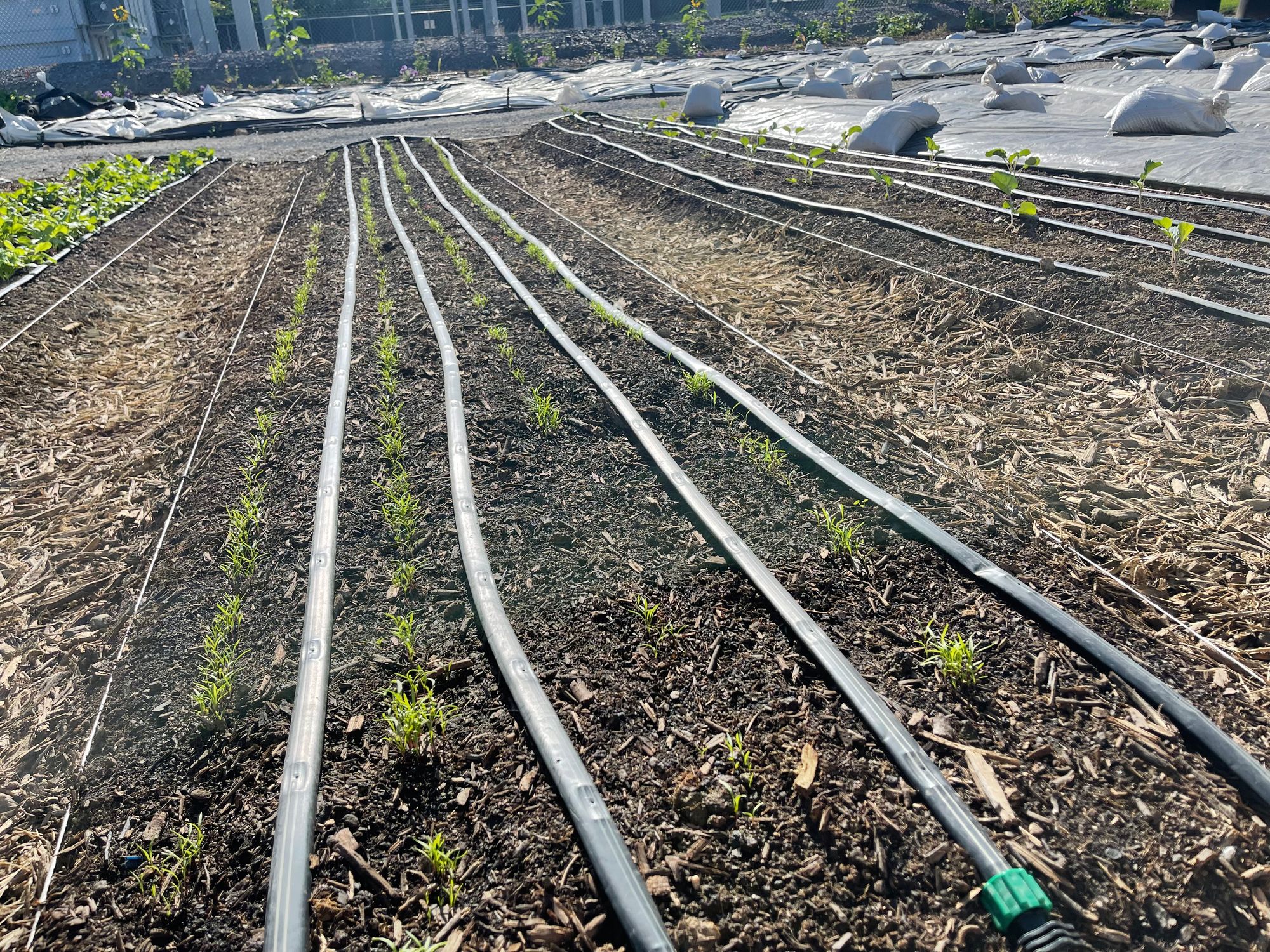
The most vulnerable stage of life for a plant is when it is a seedling. It is unlikely that a weed will kill an adult plant, however it may pose a threat to seedlings, because they are less able to compete with weeds.
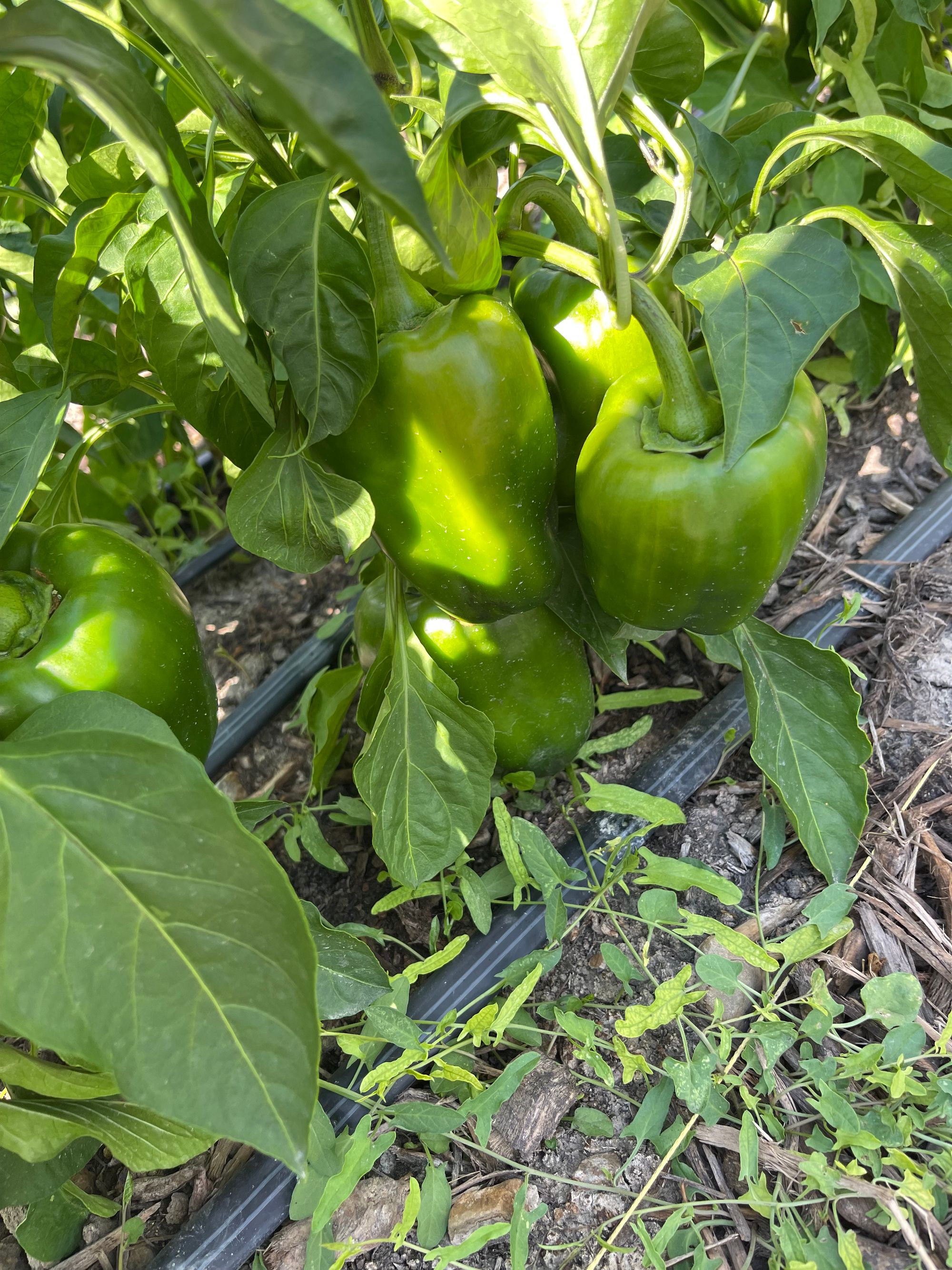
Adult plants are able to compete with weeds by growing taller for more sun, or having larger root systems to take up the nutrients they need. This competition will lead to a loss of yield.
Weed Control
Now that we understand why weeds are a problem in the GRIT garden and in home gardens, what can we do to limit the amount of hand weeding we have to do?
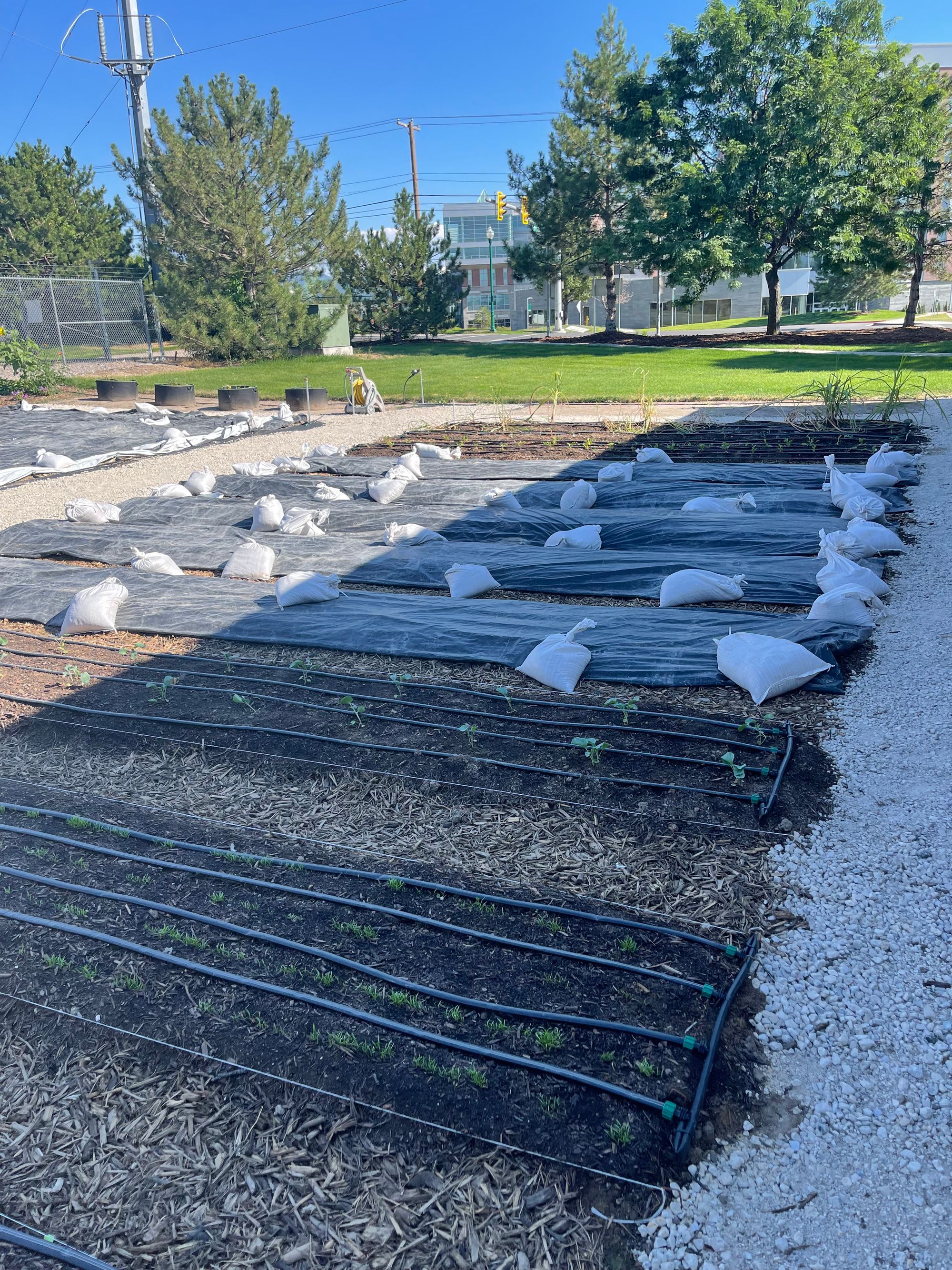
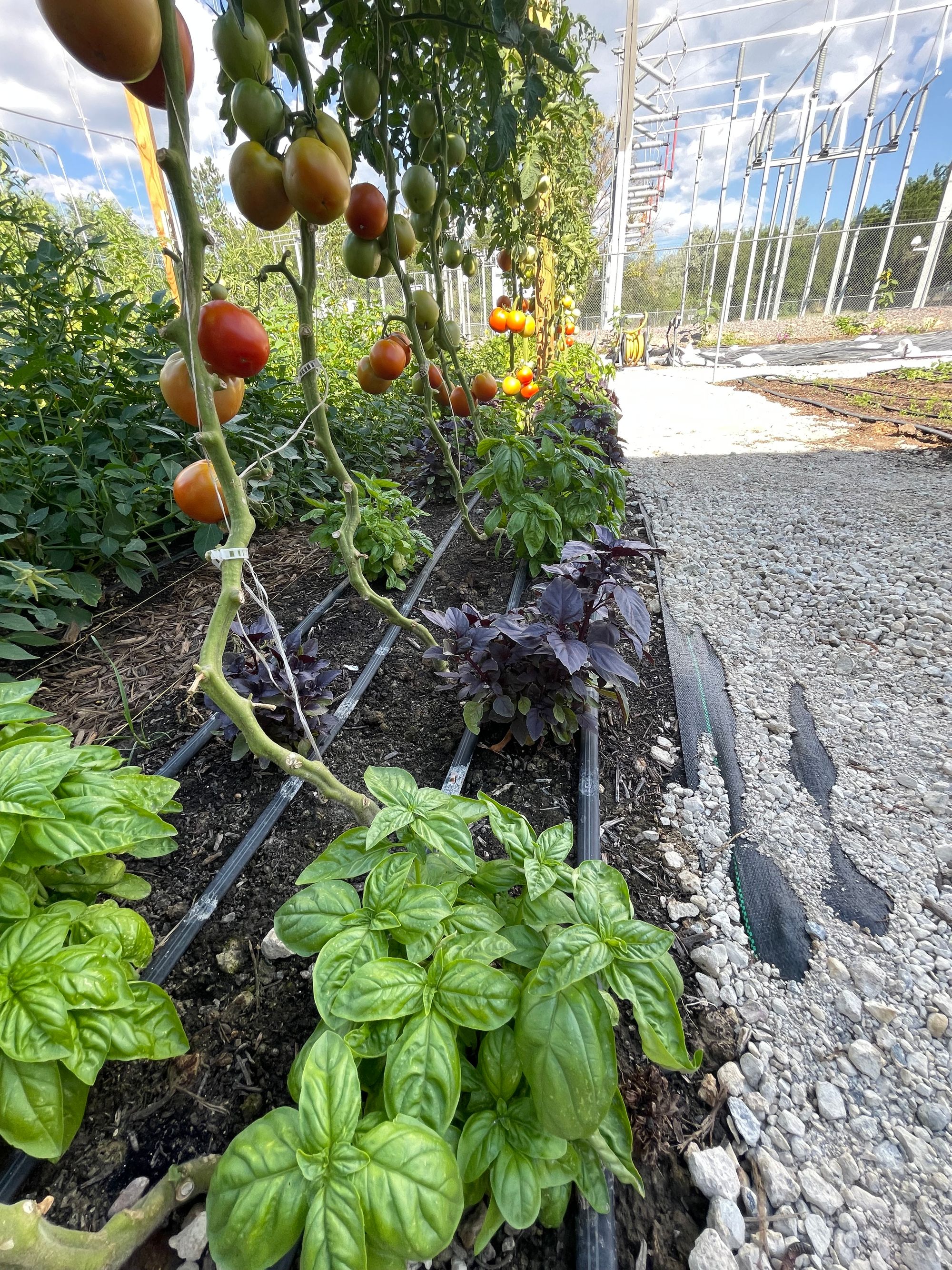
Prevention
Preventing weed out breaks is often the most effective way of controlling weeds. Using weed barrier on pathways or covering unused beds is an example of prevention. This prevents the weed seeds from germinating. Inter-planting is another way of preventing weeds, for example at the GRIT garden we plant basil underneath our tomato vines to shade out the soil.
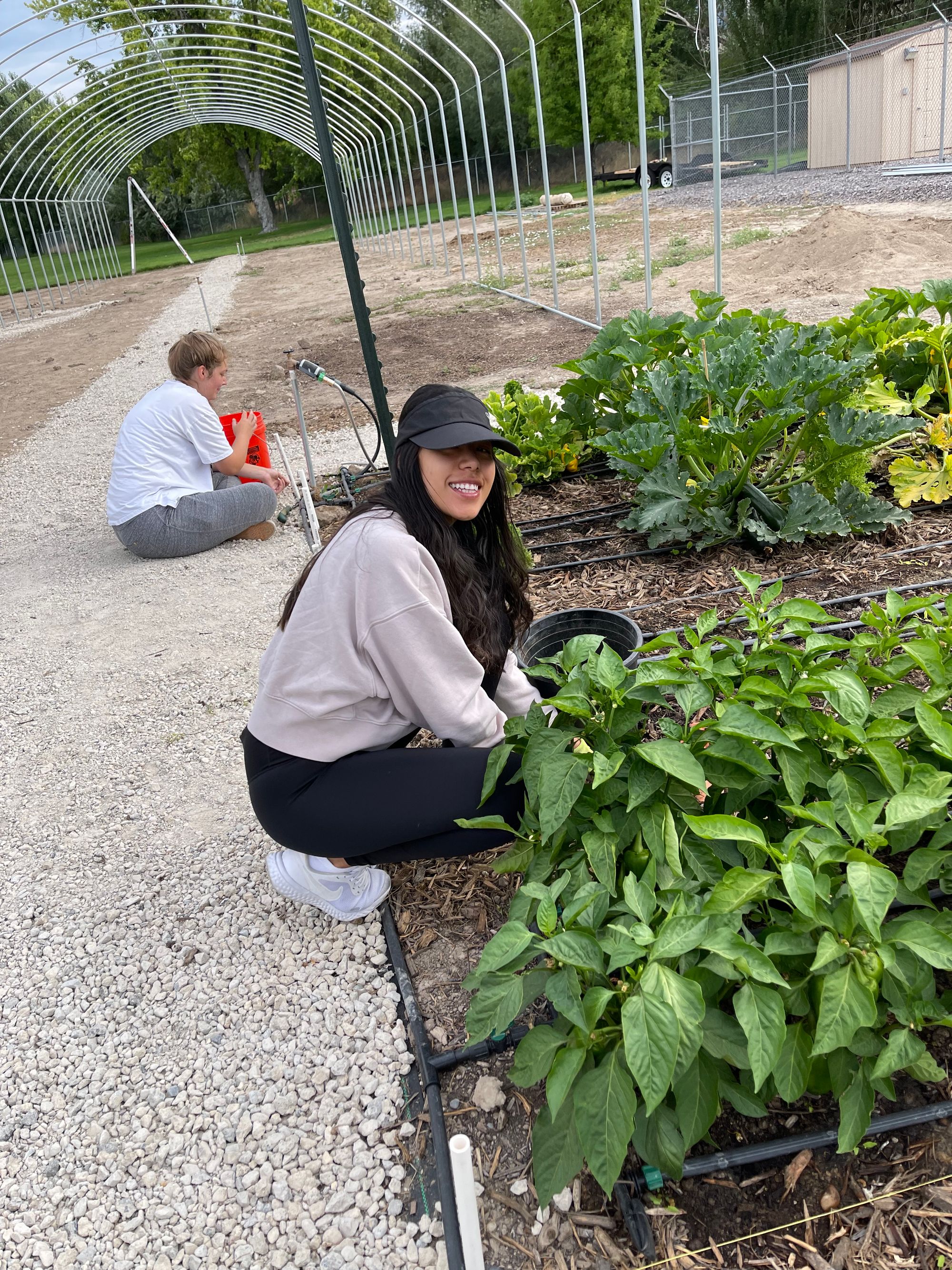
Control
Weed control is the process of limiting the weed infestation and its negative effects. This may take the form of hand weeding that we use at the garden. Less labor intensive forms of weed control include cultivating using tools or machines, and herbicides. The amount of weed control needed for an area is usually a question of how much time and resources growers are willing to put into it. Thankfully for us at the garden we have dedicated student workers and volunteers who hand weed to keep our garden productive.
Eradication
The complete eradication of weeds is very difficult and would have to include the elimination of the seed or vegetative propagules that can survive in the soil for many years. This process requires the use of extremely persistent soil-applied herbicides that make the soil unusable for growing any plants.
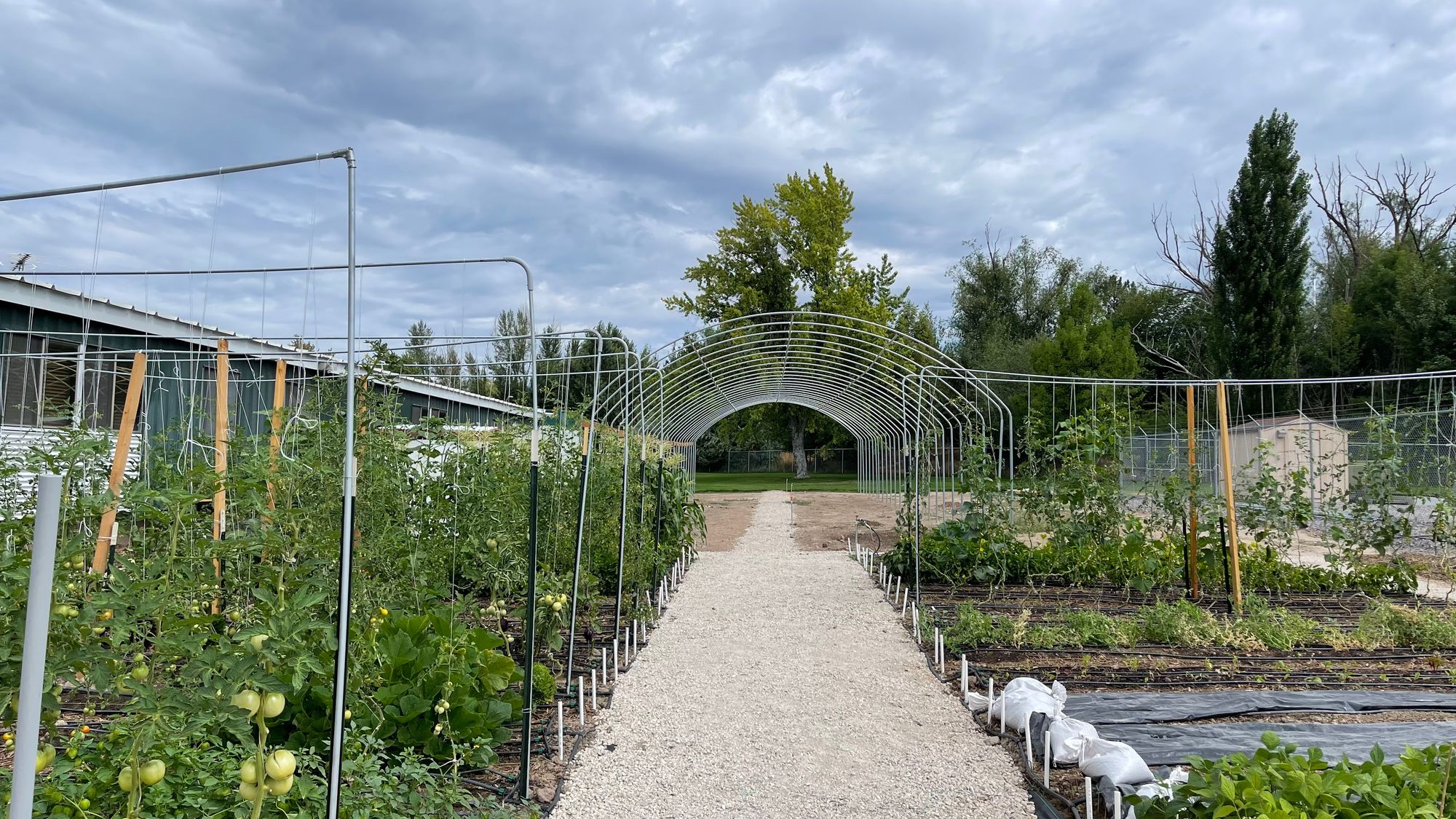
It is not practical for us at the GRIT garden to completely eradicate all weeds. We do our best prevent and control them so we can continue growing delicous produce for the CARE hub. All information for this email came from the book Weed Science: principles and practices, fourth edition, published in 2002 by Thomas j. Monaco, Stephan C. Weller and Floyd M. Ashton.